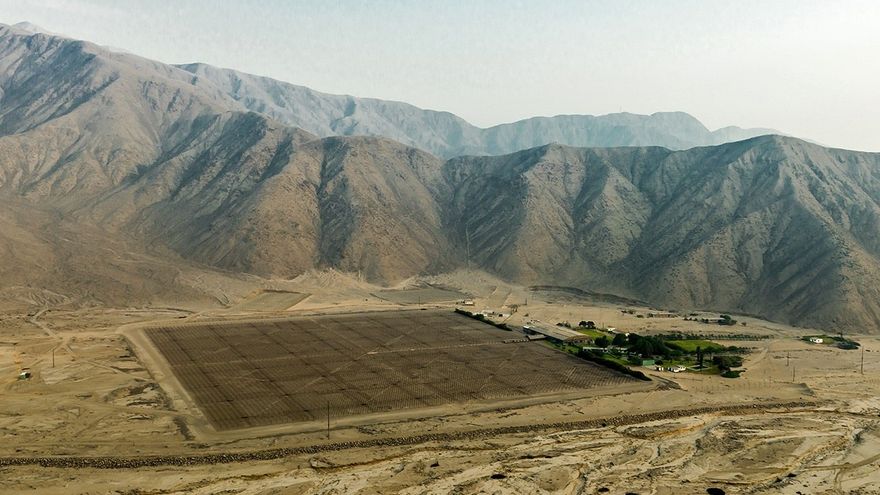RIO DE JANEIRO, BRAZIL – The secrets of the ionosphere, the upper layer of the Earth’s atmosphere charged with ions and radio waves, began to be revealed 60 years ago from the Jicamarca Radio Observatory (ROJ), built in the Andean foothills of Lima, the capital of Peru.
These observations were recorded on April 22, 27, and 28, 1961, and, in addition to representing a great advance for science, placed Peru “as a pioneer country” in this type of studies, as highlighted by the Geophysical Institute of Peru (IGP).

The scientific breakthrough was made by the American Kenneth Bowles (1929-2018), who directed since 1960 the construction of the world’s largest and most powerful ionospheric radar in the Jicamarca ravine, in the district of Lurigancho-Chosica, about 25 kilometers from Lima.
A RADAR IN THE SPACE RACE
The Jicamarca Radio Observatory was built as part of a joint project between the IGP and the U.S. National Bureau of Standards (NBS) during the beginning of the space race, according to IGP Executive President Hernando Tavera.
Since then, this has allowed Peru to make “important contributions” to the study of the earth’s outer layers, whose phenomena affect satellite communications and radio navigation systems worldwide, Tavera added.
The ROJ is considered one of the most important complexes in the world for the study of the upper atmosphere and ionosphere in the equatorial zone and is part of a chain of observatories in the Americas dedicated to this purpose.
The radar is made up of a gigantic antenna composed of 18,432 dipoles (electric field lines), which occupy an area equivalent to ten soccer fields, and can generate and transmit high-power signals.
THE FIRST OBSERVATIONS
In this regard, IGP researcher Marco Milla detailed that Bowles made the first observations of the ionosphere “with great enthusiasm and impetus”, when the radar was in full construction and with only one-eighth of the main antenna still operational.
“Great was his astonishment when he noticed the great variability of the phenomena occurring in the ionosphere, which has motivated hundreds of research studies and scientific works that have been and continue to be carried out using the measurements of this powerful radar,” he highlighted.
These actions consisted in the measurement of plasma density profiles of this layer of the atmosphere, reaching heights close to 1,000 kilometers, added the researcher.
The phenomena of the ionosphere, remarked the IGP, can “cause errors in the position given by a GPS receiver, or interrupt satellite communication signals”, which affects current technologies and means of life.
GLOBAL IMPORTANCE
Peruvian experts highlight the importance of the scientific contribution of the ROJ, since much of the knowledge that humanity has about the equatorial ionosphere is due to the studies carried out from there.
In this sense, the experience acquired in the operation and maintenance of the radar has allowed it to become a laboratory for the development of instrumentation and technology, mainly oriented to disaster risk management.
More than 300 people, including researchers, engineers, technical staff, and other collaborators and researchers, are currently working at the IGP headquarters.
“The same enthusiasm and impetus that Bowles showed in those years is still latent among us and that is why we continue doing science to protect ourselves and science to advance,” concluded Milla.

